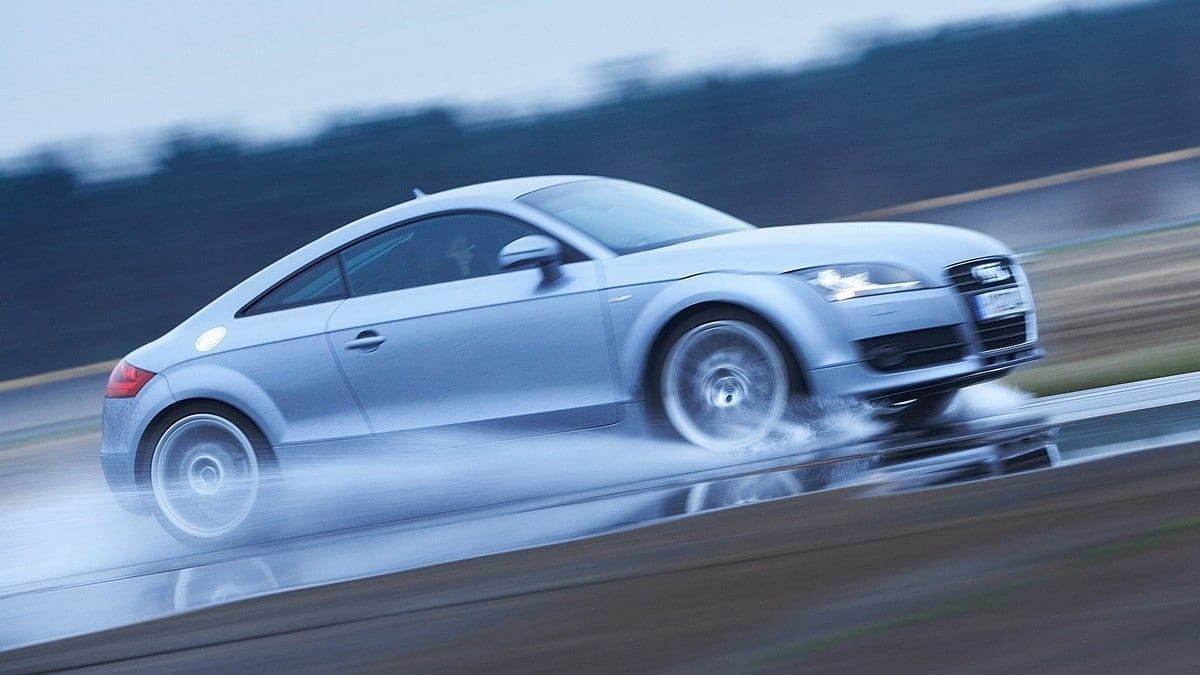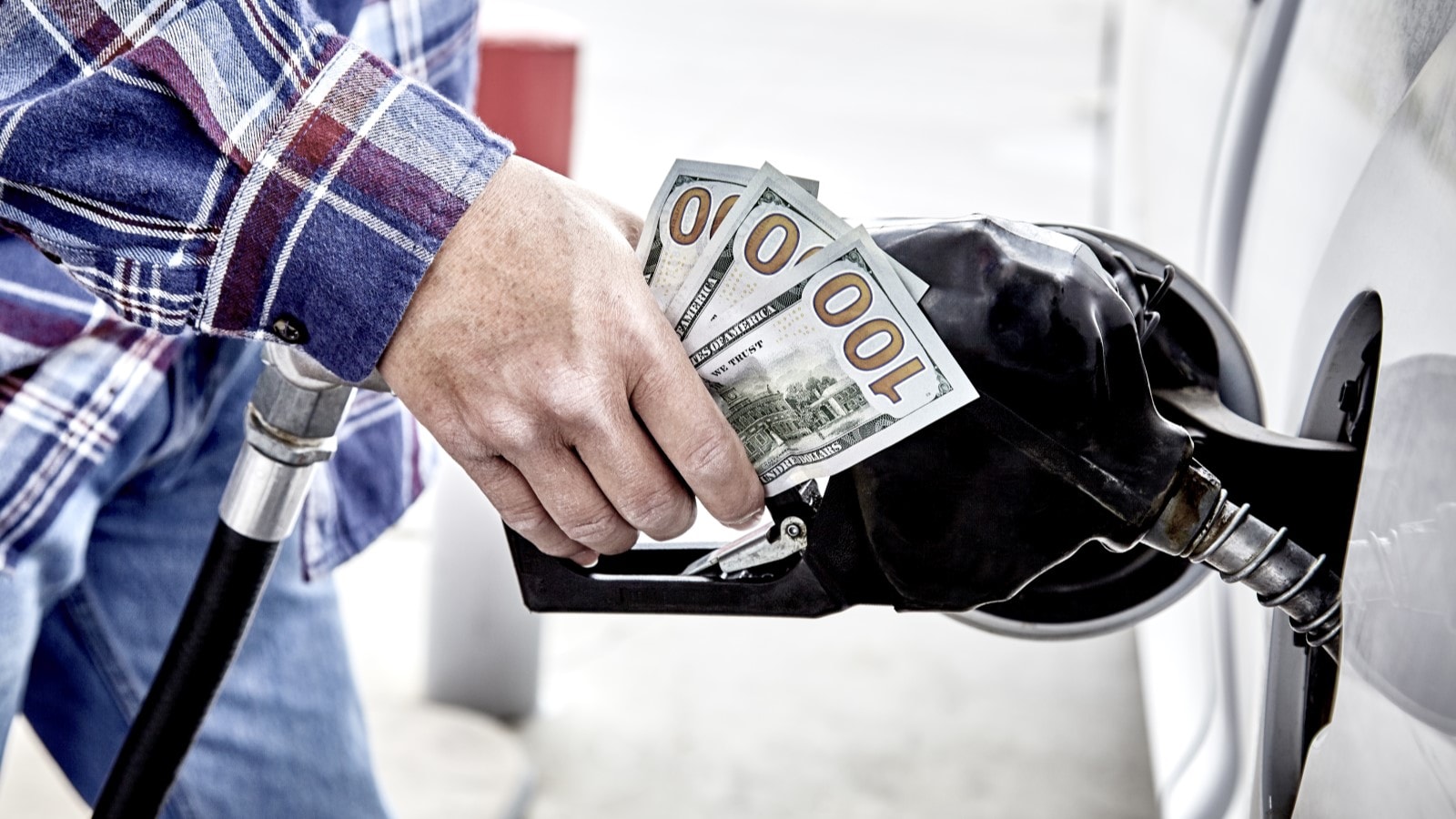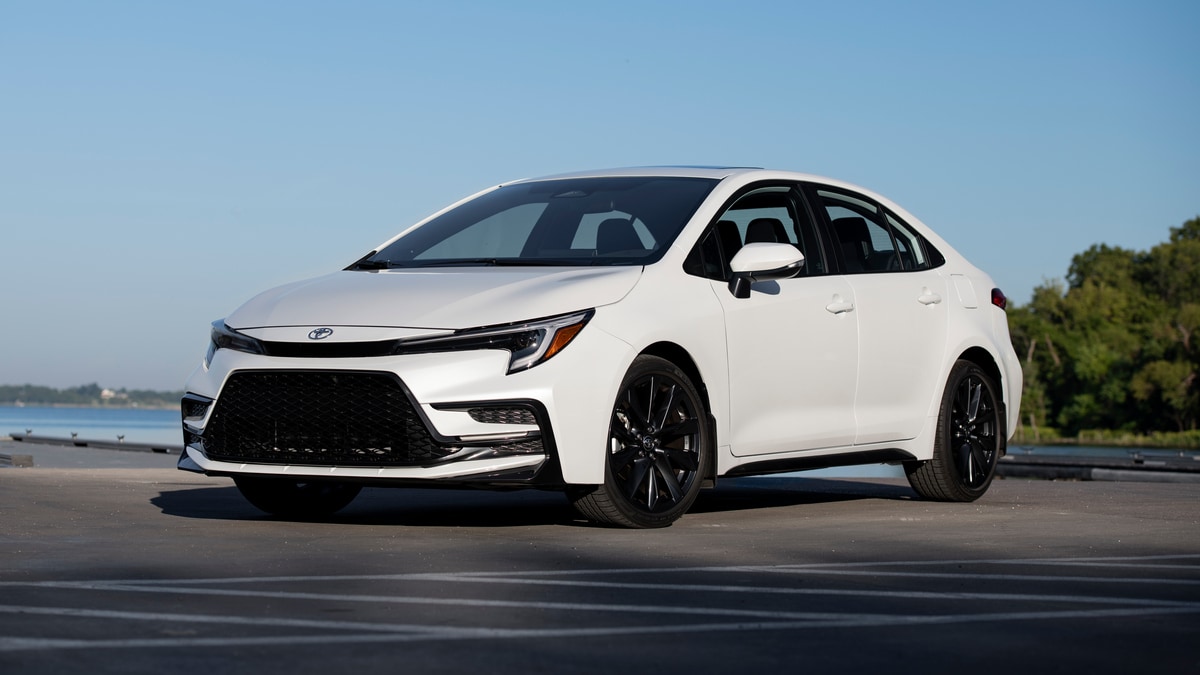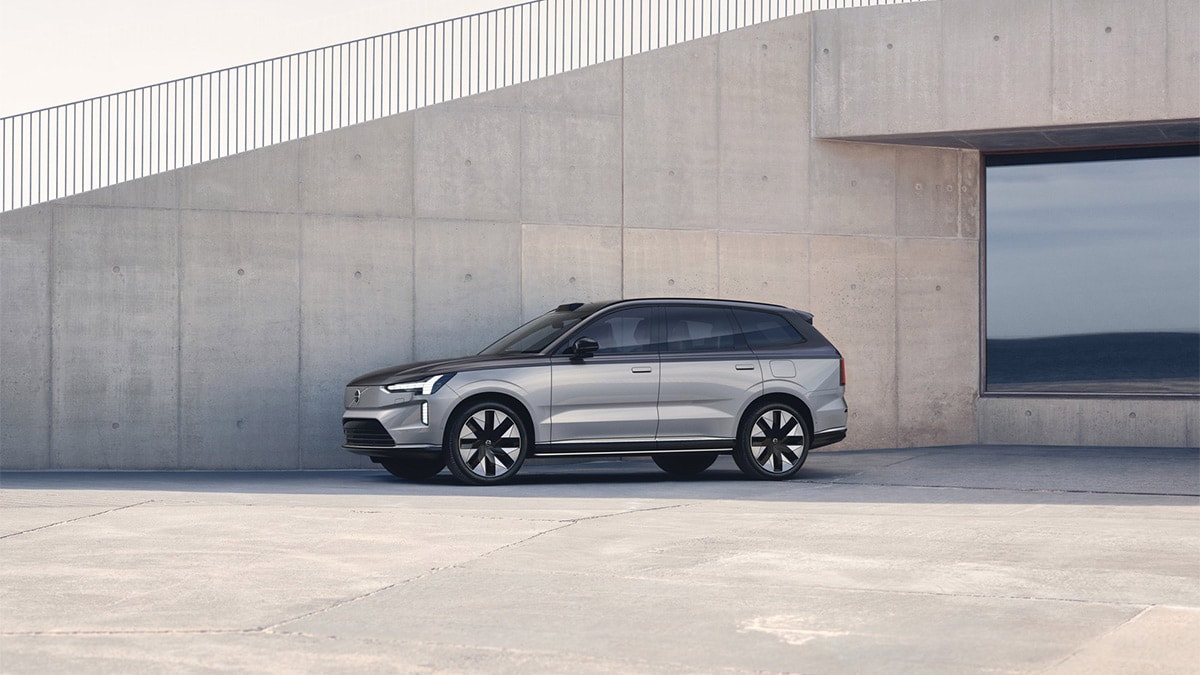Quick Facts About Hydroplaning
There are very few things that can happen when we are driving that are as momentarily frightening as losing the capability to brake and steer. It’s about as helpless as one can feel from the driver’s seat. When it happens on wet pavement, the culprit is often hydroplaning. But what is hydroplaning, can you prevent it, and is it possible to overcome or mitigate it when it does occur? We’ll fill you in below. To skip ahead, you can use the jump links we’ve provided.
What Is Hydroplaning?
Hydroplaning is a result of your car’s tires’ inability to displace pavement surface water at a rapid enough rate to allow the rubber and pavement to make contact, thus reducing or eliminating tire grip. In other words, rather than your tires making contact with the pavement, they float on the water’s slippery surface. Without the friction created by the tire and pavement contact, steering and braking control are lost.
RELATED: Do My Tires Need to be Replaced?
What Causes Hydroplaning?
Hydroplaning can result from one or several causes. Think of it in terms of surfing at the beach. When conditions are such that rather than displacing the water layer on the pavement, your tires push that water in front of them. Eventually, the tires will create enough water build-up to interact with it like a surfboard riding a wave. Once that happens, contact with the pavement is minimized or lost completely, and so is control. Here are some of the different culprits responsible for hydroplaning.
- Tire tread depth — Engineered to displace standing water on the road, modern tires use tread design and depth to push water away from the tire surface. As tires wear down, even the most efficient water-displacement tread design loses its effectiveness as tread depth wears away. Worn tires invite hydroplaning.
- Wet roads — Water on the pavement is the central ingredient to any hydroplaning incident. The more significant the water layer, the more likely hydroplaning might occur.
- Water composition — The denser the layer of water, the higher the odds of hydroplaning. Oil, salt, and lower temperatures all contribute to the surface water density.
- Vehicle speed — Hydroplaning results when tires don’t have sufficient time to properly displace surface water. In other words, the faster the vehicle speed, the less time tires have to function effectively. The thinner the tread depth and the deeper the layer of water, the slower the speed required to displace that water.
- Vehicle weight — Lighter vehicles tend to hydroplane more than heavier ones.
5 Tips To Help Avoid Hydroplaning
The good news is, with a bit of common sense and relentless tire maintenance, hydroplaning can often be avoided. We have listed some suggestions.
- Avoid standing water — If you can steer around standing water, do so.
- Slow down — Dropping your speed will give your tires more time to displace the layer of water.
- Use the penny trick — Relentlessly check your tire tread depth. The tire maker Bridgestone advises a tread depth of less than 2/32nd of an inch is potentially dangerous. Testing tread depth is as simple as placing a penny with Lincoln’s head pointed toward the groove between treads. If the tread doesn’t obscure any of Lincoln’s head, it’s time to find a service center and replace your tires. Moreover, regular tire rotation can help extend the life of your car’s tires.
- Inflate tires — Tires operate most effectively when filled with the amount of tire pressure recommended by your car’s owner’s manual. The recommended pressure can also often be found on a plate on the driver’s door frame or a label on the inside of the glove box lid. Too much or too little tire pressure can contribute to hydroplaning.
- Turn off cruise control — Cruise control systems for new cars have become quite sophisticated to the point that they interact with other driver-assist systems. However, in a hydroplaning episode, you want to exert complete control. If the road, weather, and tire conditions point to the likelihood of hydroplaning, disengage the cruise control.
How To Tell If Your Car Is Hydroplaning
Wet pavement should engage your hydroplaning “Spidey” sense. If it’s raining or the pavement is wet, hydroplaning can happen. When hydroplaning, a couple of things happen at once. The steering seems eerily light and unresponsive. The vehicle feels like it is floating or sliding. It is similar to hitting a patch of ice in that you lose all control in an instant.
RELATED: Electronic Stability Control: Everything You Need To Know
What To Do When Hydroplaning Occurs
A hydroplaning episode is as sudden as a lightning strike. Seeming to come out of nowhere, it snaps us into reacting in ways that can make the incident even worse. In such situations, most of us are wired to overreact, wildly spinning the steering wheel to try to reassert control while standing on the brake pedal to bring the vehicle to a stop. However, that is not going to work for the same reason your car’s stability control isn’t solving the problem: Your tires have no grip. Here are our suggestions for what to do during a hydroplane episode.
- Try not to panic. Often such incidents last no more than a couple of seconds; although they will seem much longer. Don’t overreact.
- Slowly remove your foot from the accelerator pedal. You want the wheels rolling – albeit slowly – so when wheel grip resumes, you can steer and accelerate out of trouble.
- If your car is sliding, gently turn in the direction of the slide. Avoid overcorrecting, which won’t fix the slide but simply change its direction, perhaps even sending your car into a spin. Make any steering adjustments slowly and moderately.
- Once the tires have regained traction, steer back on course and slowly accelerate away. Read our guide on traction control learn more: Traction Control System: How It Works and When To Use It.





